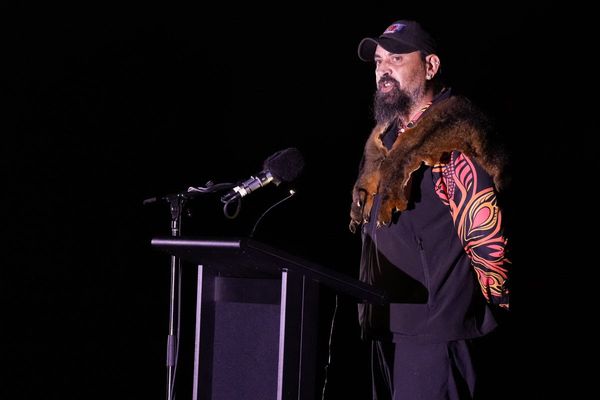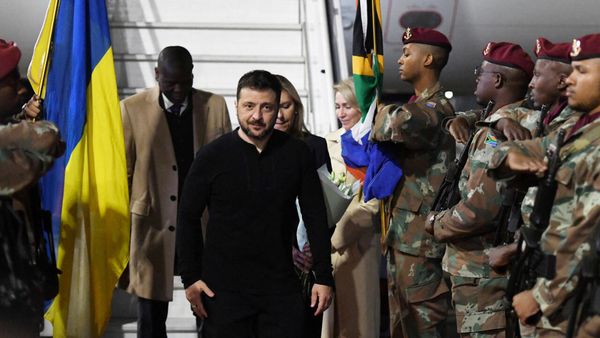The Indian freedom movement is the success story of nationalism in South Asia, and Partition and its memory are part of the unresolved narratives that the movement carried within itself. Partition is a subject that films and literature have wrestled with, and there are moments when memory becomes irrepressible, and attempts are made to move forward in a collective network.
A new series, ‘ Ms. Marvel’, from the Marvel Cinematic Universe, starring Canadian-Pakistani actress Iman Vellani attempts to introduce the collective tragedy of Partition from a point of triumph and inclusivity. In the series, Vellani plays Kamala Khan, who sets off on a self-discovery mission with mysterious friendly characters in present-day Karachi. Here she finds that in the dark days of the genocidal violence of Partition, Aisha, her great-grandmother, fought with her superpower skills and a magical bangle.
The story connects 21st century South Asians to a painful past without resorting to parochial or majoritarian interpretations. While being thoroughly engrossing, this part of the series deserves credit as it narrates the events without malice.
The power of objects
In fact, a bangle with magical powers is a useful way to narrate the Himalayan tragedy that Partition indeed was. In the process, it also sums up the magical power that bangles – jewellery – had acquired in the popular imagination during, before and after Partition, and in rebuilding lives for millions of displaced people in Punjab and Bengal from 1946 to the 1950s. At the height of the so-called “exchange of population”, when people fled leaving every immovable property, they carried with them precious little, and the most precious things that they carried was their jewellery — and it was sometimes these pieces that helped the displaced families rebuild their lives in strange new surroundings.
Partition was indeed a dual tragedy as it brought along forced displacement. To recover from the enforced tragedy, people fell to the magical charms of their movable property or objects, that often turned into economic assets. These objects also turned into vessels of memory.
The importance of jewellery is illustrative of the power of objects in dealing with a traumatic collective history. This has been ably demonstrated by authors and historians like Aanchal Malhotra, Vidya Dehejia and Kishwar Desai in the last few decades.
The realist angle
Retelling experiences of Partition through objects may appear useful for a generation of viewers and readers that is accessing it in the 21st century, but this alone is insufficient without the works of the earlier generations that dealt with Partition from a “realist” style. Govind Nihalani’s television series Tamas, based on Bhisham Sahni’s novel of the same name, and Ritwik Ghatak’s Meghe Dhaka Tara are relevant examples of that realist school of Partition narratives. They captured the horror-filled midnight dash to the railway station and river ghats by the masses of men, women and children in a way that was non-discriminatory or universal, for the fear of those moments was as universal as the hatred that divided the land.
Amrita Pritam’s works as well as the recollections of the killings of Calcutta and Dhaka by Ashis Nandy and Amartya Sen are some of the most insightful from the realist tradition of Partition stories. Ghatak’s MDT immortalised the pain of the period through a young Supriya Choudhary who struggled to feed her family after Partition but was struck down by tuberculosis in a tragic turn of events. Her “ Dada, ami bachtey chai (Dada, I want to live)” will remain one of the most iconic and heartrending moments in the history of Indian cinema. It also encapsulated the trauma that Partition was, and suggests that Partition can be sometimes best recollected through its raw portrayal.
Partition has been lavishly documented in visuals. The main problem in telling Partition tales lies in the fact that the successor states of Partition – India and Pakistan mainly, Bangladesh marginally – follow different versions of the history of Partition. This makes authentic research of the event and the times challenging.
The forces of politics today
Whether through new emerging traditions or through more confrontational techniques, the memory of Partition, its decade-long prelude of deadly communal politics and the aftermath of human tragedy and triumph will remain relevant for every generation of South Asians. The period of communal politics that intensified with the Government of India Act 1935 and the provincial elections of 1937 that ultimately led to the creation of two nation-states left many lessons that will resonate in the region for a long time, as South Asians deal with similar forces of politics and history even in the 21st century.







